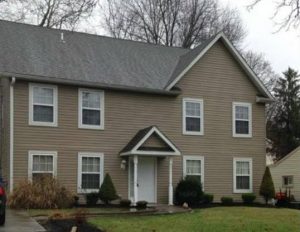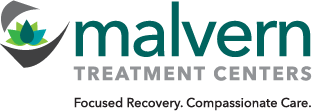By: Valerie Schina, M.S.
As a clinician in the addiction treatment field, I am often asked by individuals how to find a recovery home for their loved ones or even for themselves. This question, as innocent as it seems, often leads people down the rabbit hole of what some may consider one of the uglier sides of addiction treatment: the unregulated world of sober living environments.
For people who struggle with addiction, living in a recovery house can be a very important part of the recovery process. These homes are often utilized upon completion of a residential treatment program and may be coupled with an outpatient therapeutic program or most often a 12-step fellowship.
All recovery houses have one thing in common; the intention is to provide group housing for people, usually of the same gender, to live in a shared recovery community that fosters sobriety. However, over the years, as addiction treatment has become big business, horror stories have begun to surface of recovery houses being more of a “flop house” where little to no supervision is occurring and oftentimes the environment is not up to habitable standards of living. Stories have emerged of too many people living in one home, drugs running rampant, no electricity, no running water, house managers/owners kicking people out of the homes onto the streets with little to no warning, often leading to relapse.
A misconceived notion is that all recovery houses operate equally and have the best interest of the residents in mind but if we take a closer look at these homes, we will very easily discover this is far from the truth.

The most obvious and glaring issue is that anyone can open up a recovery house; you, me, your friendly next door neighbor, your not-so friendly neighbor next door, even the ruthless business executive who wants to make some extra money and cash in on the opioid epidemic our country is currently facing. The hard truth is that you don’t have to be in recovery or work in the addiction treatment field to open up and operate a recovery house in the state of Pennsylvania. Scary, right? I think so. There are currently no regulations or standards for these types of homes because they aren’t considered treatment and currently a license to operate is only required for facilities providing “treatment.” There are several states and even specific counties that have adopted their own set of rules and regulations, but may be hard to enforce since they are mostly voluntary. Federal laws don’t currently exist to regulate how these houses operate.
Now, of course, there are always two sides to a story. Hiding among some of these “flop houses” are gems, meaning reputable homes that are well maintained and run very effectively and efficiently. As a clinician, I always try to steer people in the right direction that will best support and maintain their recovery. After spending 14 years in the field, I have come to learn what type of recovery house can foster a successful recovery, and what type of home allows more of an opportunity for relapse. Aside from aesthetics, which can oftentimes be a tall order with some of these homes, before placing an individual, I always look for certain criteria to be met as well as doing a site visit.
The criteria include obvious things such as:
- The Essentials – Running water, and electricity, a clean and safe environment with a working kitchen and bathroom.
- Room Assignments – How many people are sharing a room (no more than four per room)?
- House Manager in recovery – The home has a live-in house manager that has a substantial amount of their own recovery time, preferably more than one year (this is a critical factor in selecting a recovery home). These managers will typically impose and enforce house rules, which may include attending outpatient treatment, support or 12 step meetings, seeking employment, and engaging in group or community activities.
- Life Skills – Some homes take it one step further and offer in-house treatment, case management, and workshops to assist with job seeking and resume writing. I tend to gravitate towards homes like this that teach life skills in addition to having a supportive, shared recovery environment.
- Family Style – Homes that are more structured and can be considered more of a “family style” home where meals are shared together, meetings are attended together, and a comradery is often built. When this comradery is formed in the house, a higher level of accountability often occurs, which is where the chance of relapse often lessens.
Recovery houses are a critical and often necessary step in the recovery process and a positive transition for people back into the community from a residential treatment program. It allows individuals to learn how to live sober in society, while having a shared supportive environment in which safe and effective recovery can be fostered if the right house and environment is chosen.

By the Grace of God, I have almost 3 years sober. I have lived in 3 different recovery houses, 2 of which were horrendous. The owner would cut us down telling us we were all horrible POS (Rona’s Dream), she just wanted to get paid. People were high all of the time but she let them stay. The best house was one that was affiliated with ProAct, run respectfully and humane.